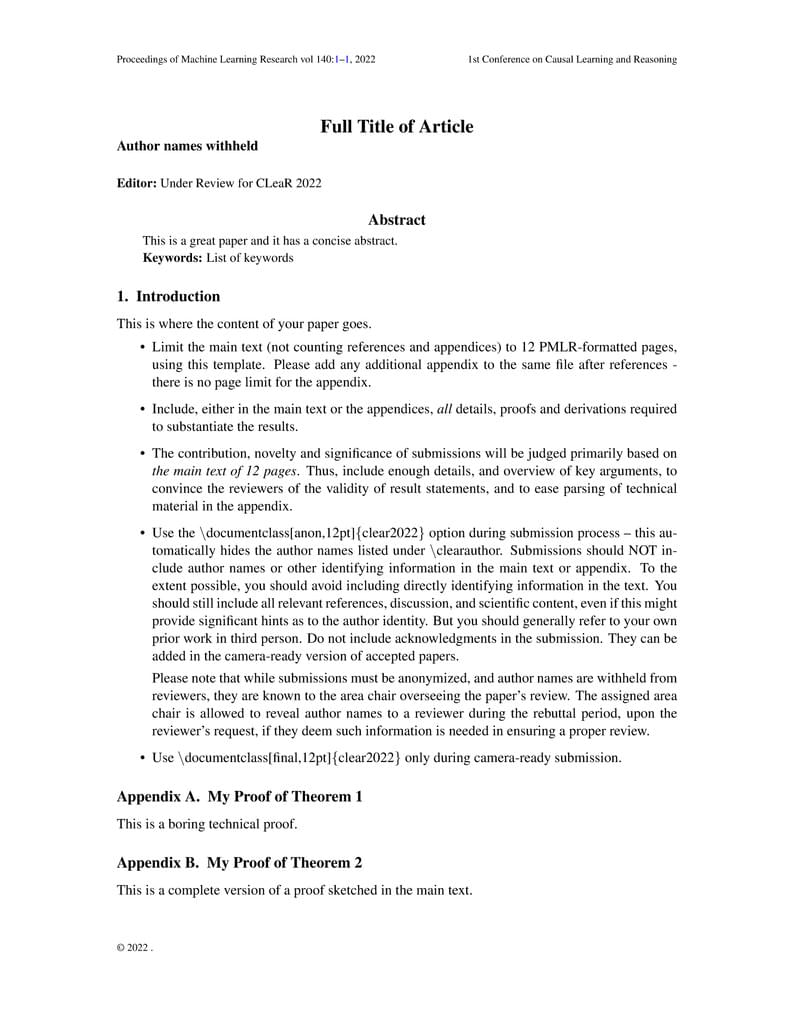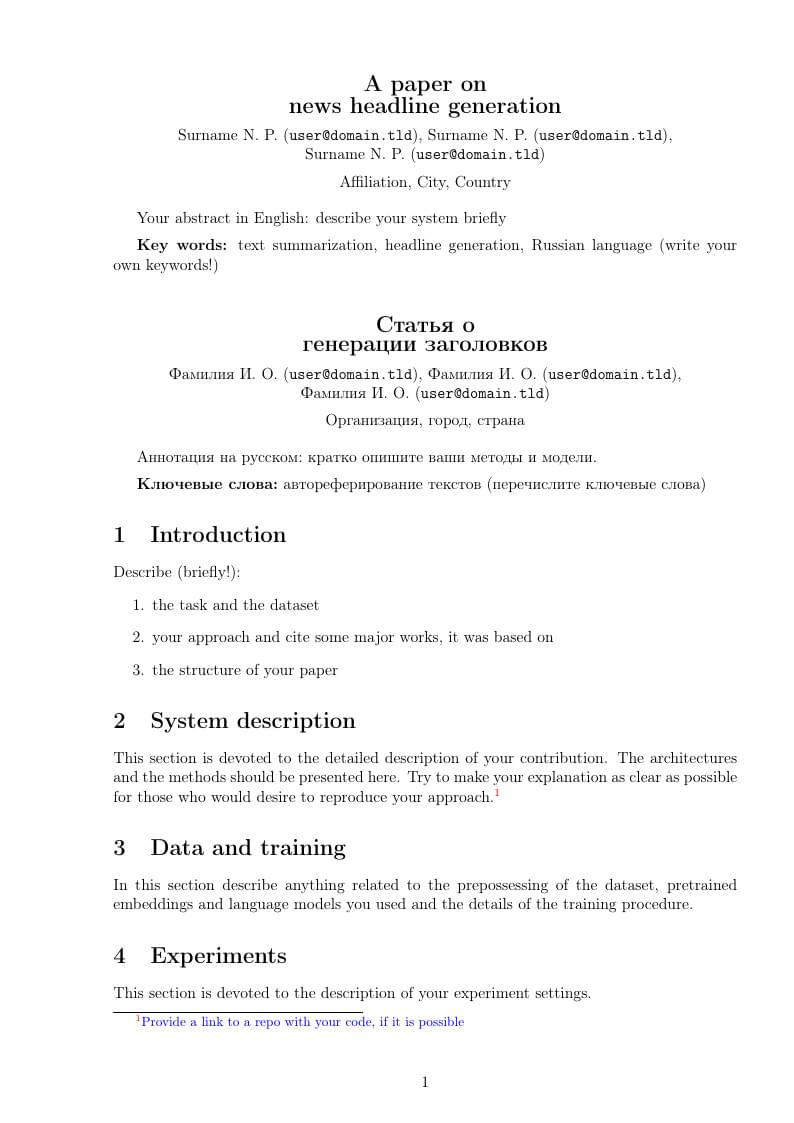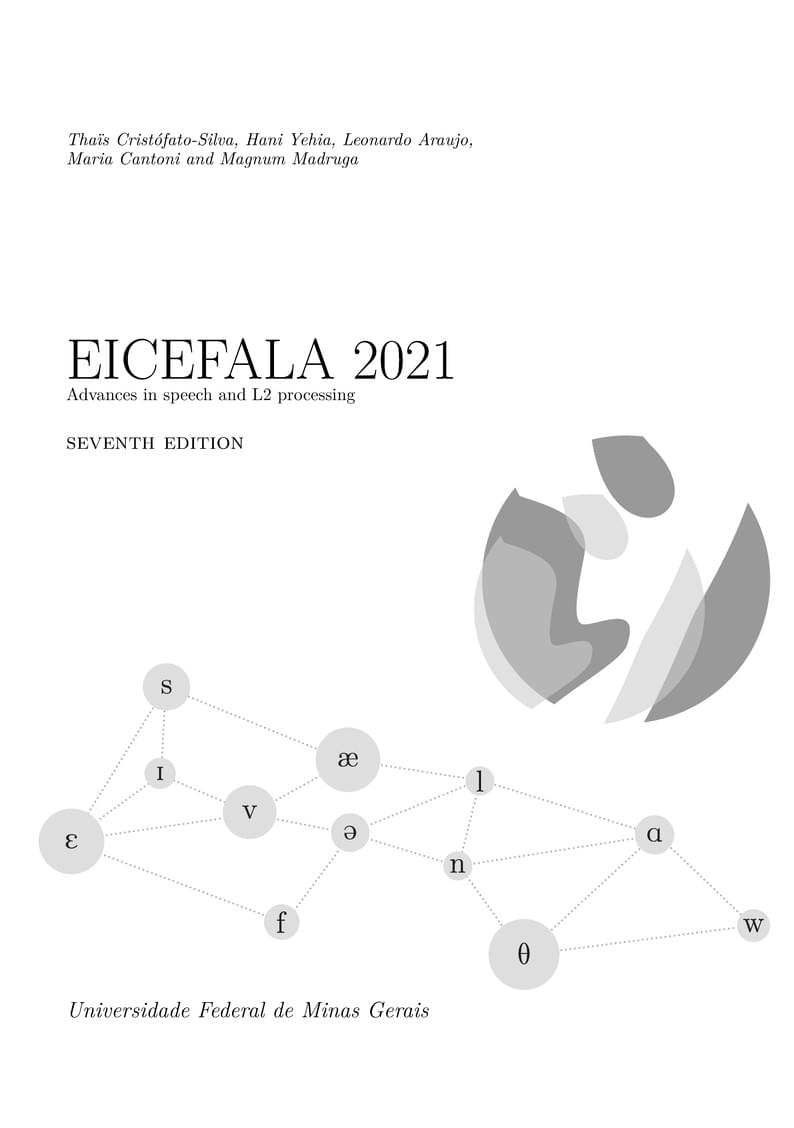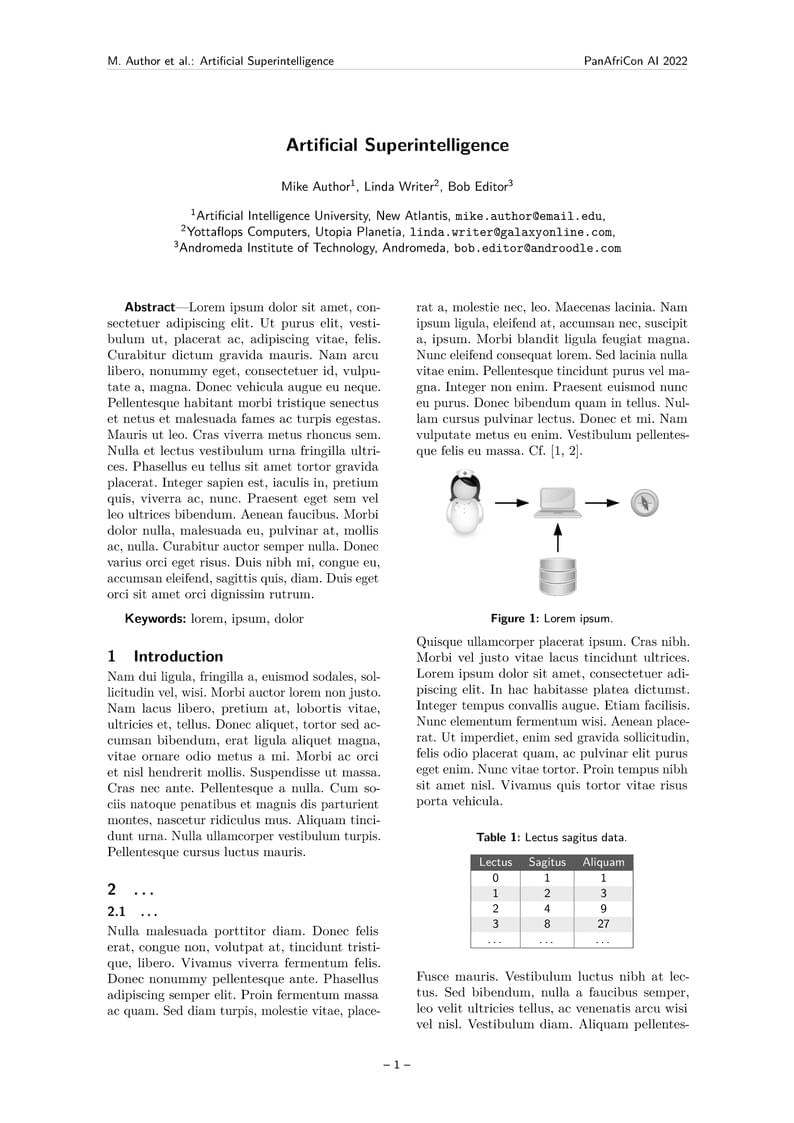LaTeX templates and examples — Conference Paper
Recent

Template: AfricaNLP Workshop at ICLR 2023

情報処理学会 IoT行動変容学研究グループ(Behavior Transformation by IoT・SIG-BTI)の研究会用論文フォーマットです。 http://www.sig-bti.jp/

The official LaTeX template for submissions to the 1st annual conference of Causal Learning and Reasoning (CLeaR 2022).

Dialogue Conference paper in LaTeX filled in with some ideas on who to write a paper on headline generation

Publication template for TinyML Research Symposium papers.

This is a template to respond reviewers of a journal paper

Template for EICEFALA 2021

A template for the PanAfriCon AI 2022 conference.

As LED systems have been evolving today in a great number of niche applications including automotive lighting, water purification, and skin imaging etc., extensive studies of scientists and engineers in the field have been constantly looking for ways to reduce generated heat loads and maximize the light output to reach the highest efficiency ratios. While the current systems developed over the last years achieved to reach even a 40% LED light efficiency, a higher portion of the electrical input energy of LEDs is still produced as heat and it hinders their development potential. In addition, the compact size of the LED systems poses some challenges to the reliable characterization of their performance at low uncertainties. Especially, the performance considerations associated with thermal loads over a limited size of LED chips require the effective characterization of these systems for various operational conditions. One of the techniques used for this purpose is that an LED package is characterized by a decrease in forward voltage with increasing junction temperature. As LEDs are operated at higher junction temperatures, the amount and quality of the light deteriorates significantly, and the less efficient use of the LEDs results in additional operating costs and reduced lifetime of LEDs. In fact, accurate identification of thermal behavior of LED packages is one of the essential tasks towards improving the design of LED systems. If thermal characterization of LEDs is accurately done, performance parameters of LED packages are more reliably optimized to yield the highest possible performance ratios. Thus, this study focused on the design and manufacturing of a thermally improved and fully operational rapid temperature controllable chamber in which calibration and test phases of junction temperature measurements are sensitively conducted under a low uncertainty.
\begin
Discover why over 20 million people worldwide trust Overleaf with their work.